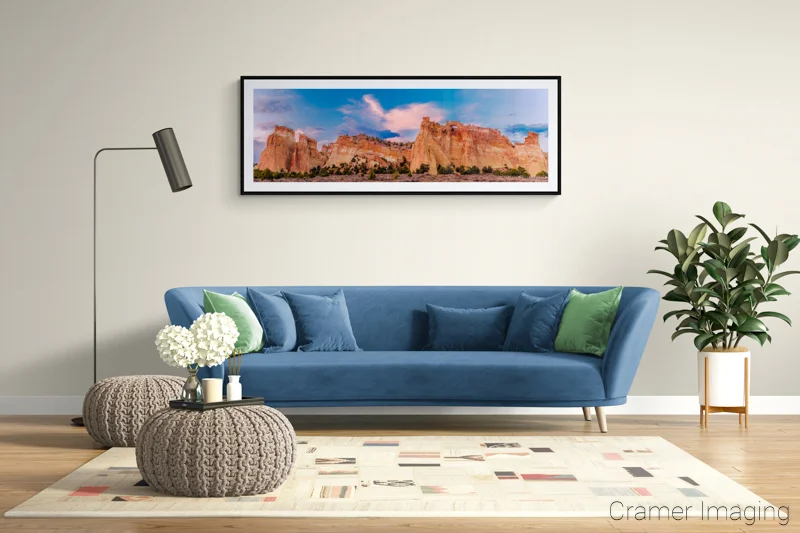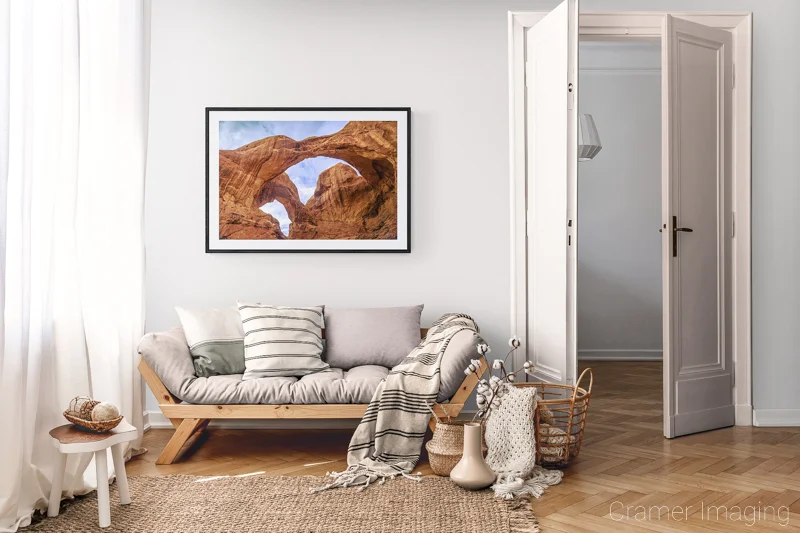Buying a new piece of fine art is an investment and can be fun at the same time. It’s adding to your dream home. It adds beauty and style to your life and house. The next question you should be asking yourself is if you properly planned for bring this beautiful new investment into your home. If not, you may have a few problems to deal with. Today, we’re discussing planning for new fine art.
Most of the time, fine art is seen as a tasteful way to fill up some wall space. It’s something that you think about after lots of other elements on your list. You’ll take care of what the kitchen and bathrooms look like in addition to the master bedroom long before you approach fine art. People don’t stop to consider if enough wall space is available to display the art which they want to display. They cater the wall art to the existing walls long after moving in.
The problem with this is, especially for paintings, the art only comes in a single size if its an original. This means that, if you don’t carefully measure the walls, you could end up with a piece of art which is too big for the space it’s supposed to hang in. Most smaller pieces of art don’t have this problem as bad as the larger pieces do but the larger pieces are the statement pieces around which you build your room. If they don’t fit, there goes your whole design.
Measure the Area You Want the Fine Art
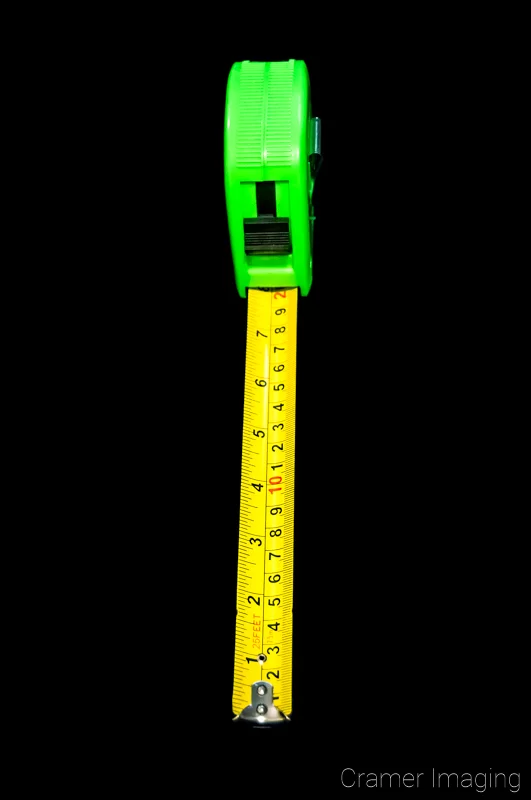
Wait a minute. Did I just jump to measuring and skip past choosing the place to display it? Yes, I did and for a good reason. If you’re planning to buy fine art, then you’ve probably already selected the area you want it displayed in. You’ve already completed that particular prerequisite and are ready for the next step.
You need to know the dimensions of the space you are working with. I don’t care whether or not you are using standard units or metric units for your ruler. You need to know the length and width of the empty wall space to be filled.
It’s highly inadvisable to buy fine art which would fill the entire area. Also, depending on the actual dimensions, it could be downright impossible to find something which would take the full wall area. You need what’s called “negative space” around the piece of art in order to give it room to breathe. Don’t forget to take that into your measurements.
Examine and Prepare the Area
You will need to take a good look at the wall space where you want to display your new fine art. Are there some issues which need taken care of? Are there obstacles which would prevent the art from hanging on the wall properly? All of these must be assessed and properly remedied before you get the artwork do display.
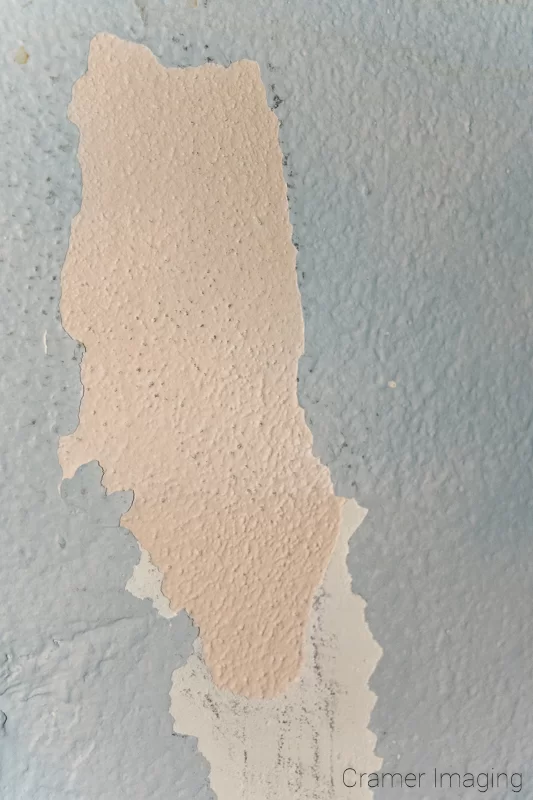
Are there holes in the wall which need patching? This is the time to take care of that. With most walls, all you need is a little Spackle and some paint to handle the little holes which could cause problems. Wallpapered walls will require a different approach which could include matching the wallpaper to the repair area. That can be tough with older wallpaper designs.
With smaller pieces of fine art, you can practically hang them anywhere you want without issue (this is 8×10 or smaller). However, if you are going for something larger in that wall area, you will need to check where the studs are so that the heavy art in frame won’t rip nails or hangers out of the wall and destroy itself on landing. Your alternative is to use a heavy duty wall mount, such as a molly, to hold up your artwork.
Stud finders are easily obtained and very cheap. If you don’t want to go that route, you can always use the old method of knocking on the wall and listening for the difference in sound. This will only help ballpark locate the studs. It will not tell you where the edges are. We recommend using the stud finder method for this job.
Clean The Wall Area
This seems like it should go in the section of preparing the area, but we’ve included it as a separate section for a reason. It’s an important step in planning for new fine art. However, most people tend to forget about this part when preparing the wall for new art. So, we made it into its own step.
Since you’re hanging a piece of fine art which probably won’t get moved very often, you must make sure you mount your artwork on a clean wall surface. Give the wall a good once over with soap and water to get the dirt, dust, sticky residue, cobwebs, and anything else. Over time, all that grime might harm your art (frame and all). Be careful not to damage the wall in the process either.

Please make sure that you thoroughly rinse off the wall as well. Soap and other cleaning chemicals can also do damage to your art over time.
Acquire Any Necessary Hardware
If you find you want a large and heavy piece of fine art on your wall or your chosen location won’t bear the weight, then you will need to help your wall out. There are lots of kinds of hardware out there which will help your wall support something heavy when you don’t have a stud to use.
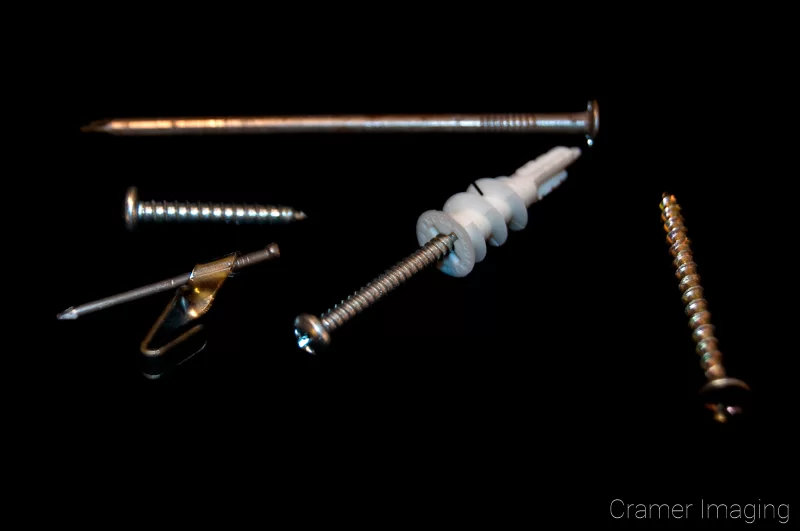
If your “heavy” fine art, complete with frame, is light enough, you might get away with just a screw in the wall. If not, then you had better look at other options to keep your fine art safely on the wall. This article here discusses lots of different options for hanging fine art on the wall. The video in the link above will help you decide what heavier duty mounts to use. It’s especially helpful if you need something more than what you see in the photo above.
Bonus Step: Get a Free Mockup of the Fine Art Piece You Want to Buy
Some artists offer a free mockup service. Using this service, you can see what the art will look like before you commit to buying it. If you follow the steps given, then you should receive an image back showing your space with the desired art at the desired size depicted on your wall. You can then use this mockup to better plan the space for the art you wish to purchase.
Not every artist or photographer out there will offer this service. Still, it doesn’t hurt to ask. Perhaps you’ll inspire him or her to add a new service.
Conclusion
If you’re ready for some new and beautiful fine art for your wall, then remember to get the wall ready. Make sure that the art will fit by measuring. Examine the wall surface and fix any issues like holes or chipped paint before you hang the art. Make sure that the wall surface is clean and chemical residue free before you hang. If you find you need extra help keeping the art on the wall, then buy the necessary hardware beforehand.
If you follow all of these tips and advice, then your wall will be ready and in top shape to receive a beautiful piece of fine art to display proudly. You also won’t have to worry about what will happen to your art over time. You can sit back and enjoy your fine art for years to come.

